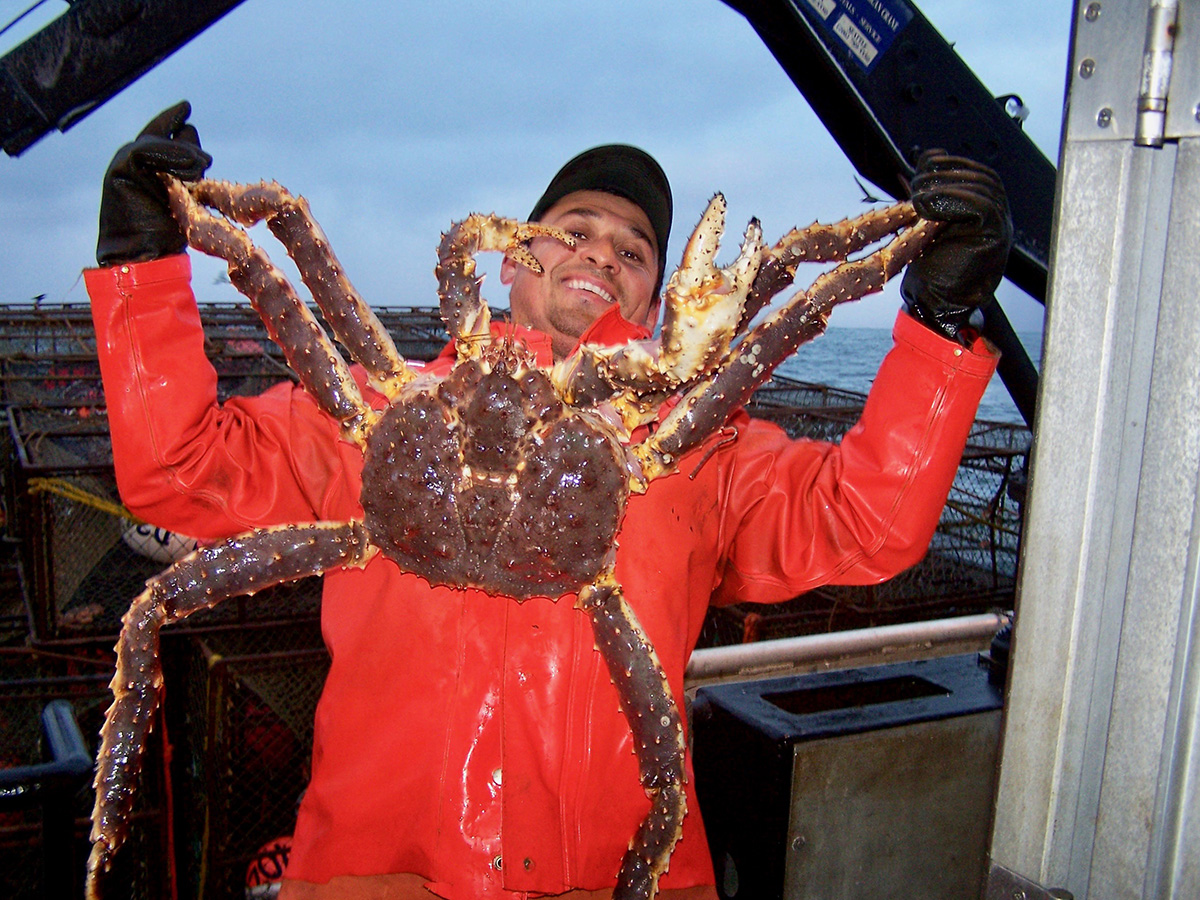Bering Sea crabbers got some good news in advance of the season opener in mid-October.
“We’ve been told that we will have a Bering Sea red king crab season. We don’t know what the catch will be yet but we understand that it will be reduced from last year. We really appreciate the Alaska Department of Fish and Game for giving us a head's up on that,” said Jake Jacobsen, director of the Inter-cooperative Exchange, which represents more than 75 percent of the crab fleet of about 85 boats.
The 2018 catch limit for Bristol Bay red king crab was just 4.3 million pounds. Jacobsen said the catch will go into an eager market and make for a good pay day.
“Our average price for king crab last year was $10.53,” he said. “We’re expecting higher prices this year based on what we’re seeing in world markets.”
The record price for Alaska red king crab was $10.84 a pound paid in 2011.
No word yet on the catch quota for snow crab (opilio), although it should increase from this year’s take of 27.5 million pounds.
Surveys in 2018 showed a 60 percent boost in market sized male crabs and nearly the same for females. Bob Foy, director of the North Pacific Fishery Management Council’s crab plan team, said it “documented one of the largest snow crab recruitment events biologists have ever seen.”
Snow crab prices for the 2019 winter fishery are still being finalized, Jacobsen said, adding “it should be somewhere around $3.95-$4 average price.”
A shortage of snow crab could prompt earlier fishing than the traditional mid-January start, he added.
Crabbers also are keeping their fingers crossed for an opener for bairdi or tanner crab, snow crab’s bigger cousin. Jacobsen said the 2019 tanner price “should average around $4.50 a pound.”
Just 2.4 million pounds were allotted for harvest in the 2018-19 tanner fishery, although crabbers say they see a lot more crab than what’s documented in annual trawl surveys.
“It’s really hard to guess from one year to the next on the surveys. It might show something one year, and you can’t find them the next,” he said.
Jacobsen added that buyers like Red Lobster are featuring the larger tanners on their menus, and a closure would crimp those markets.
“We’re really hopeful we can get a bairdi season this year, so we can maintain that differentiation in the marketplace. It seems like we have to rebuild it every time we miss a year or two,” he said.
Managers will reveal findings of the summer survey during the week of Sept. 16 in Seattle and finalize the catch quotas in early October. The Bering Sea crab fisheries open Oct. 15.







